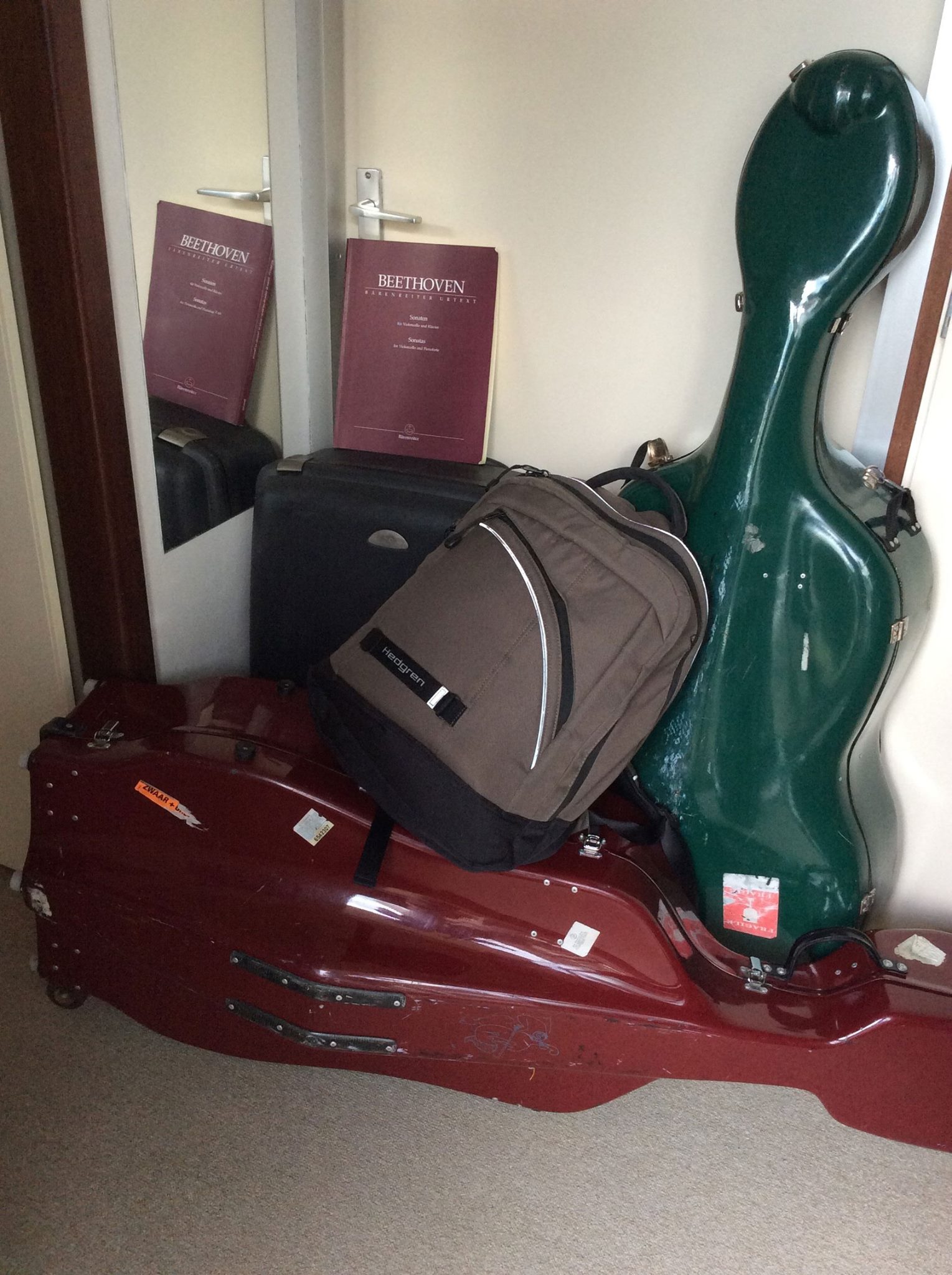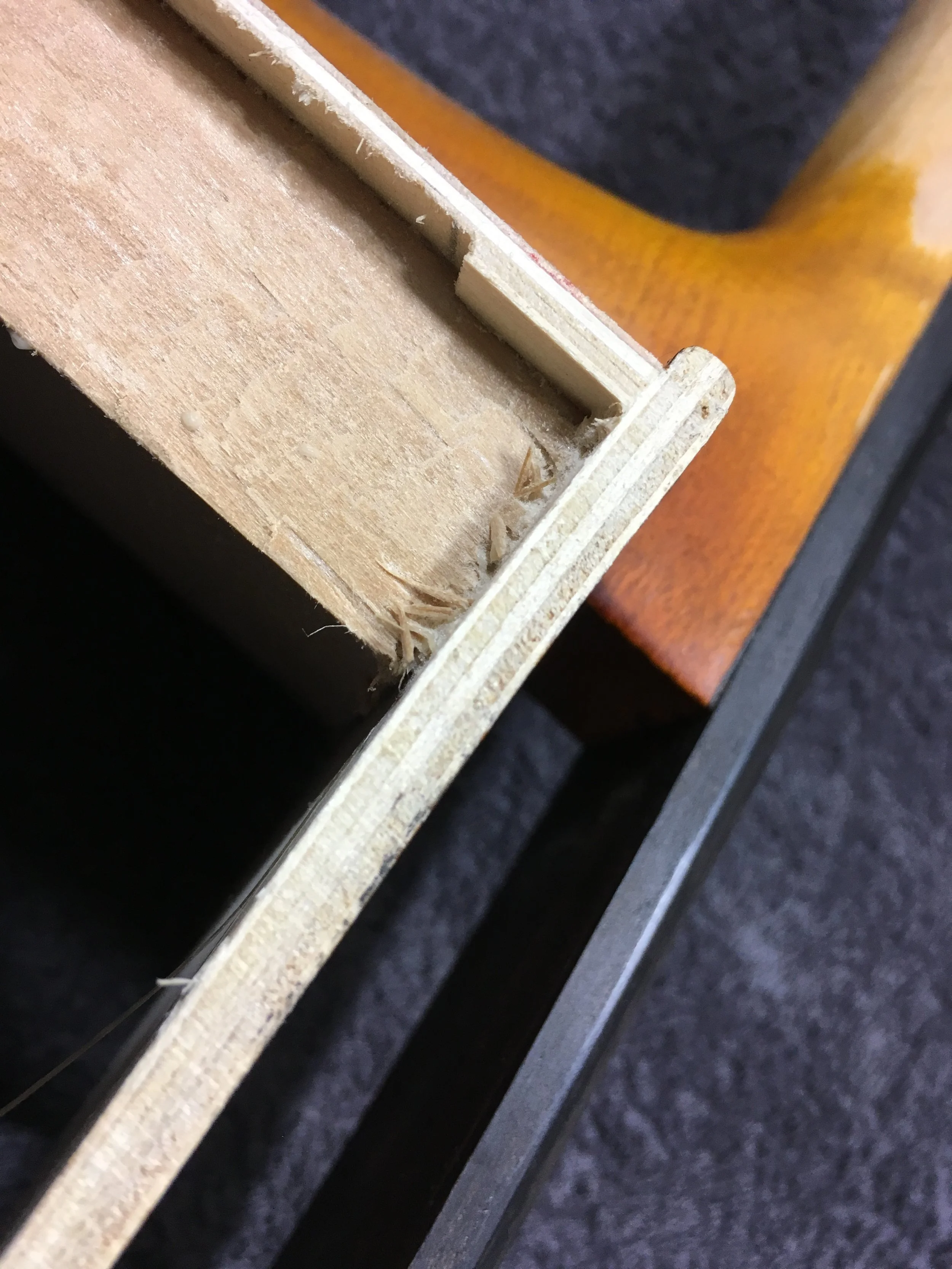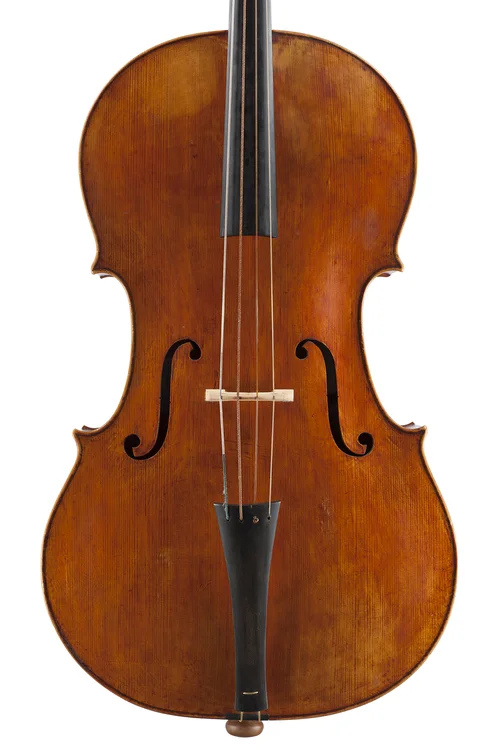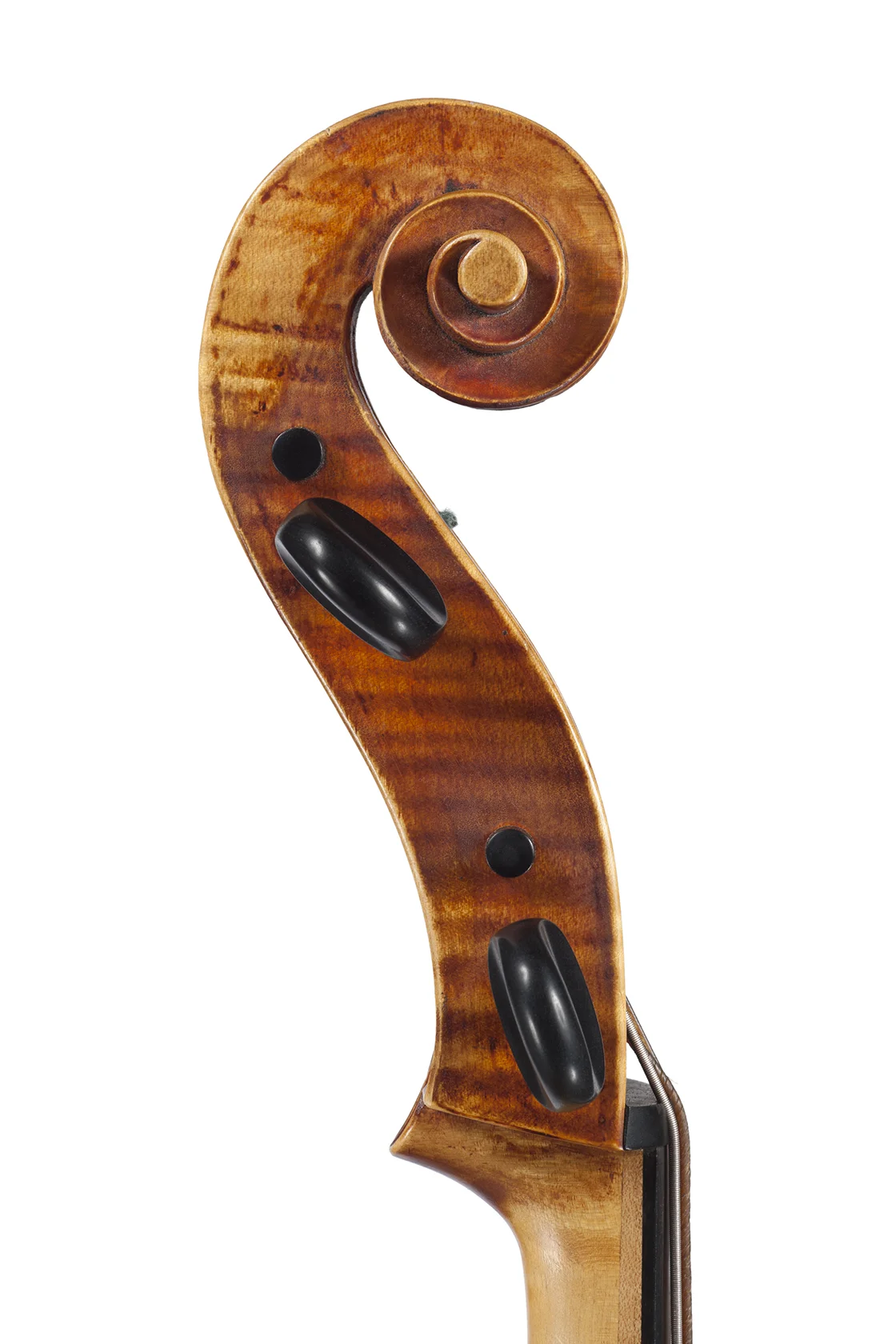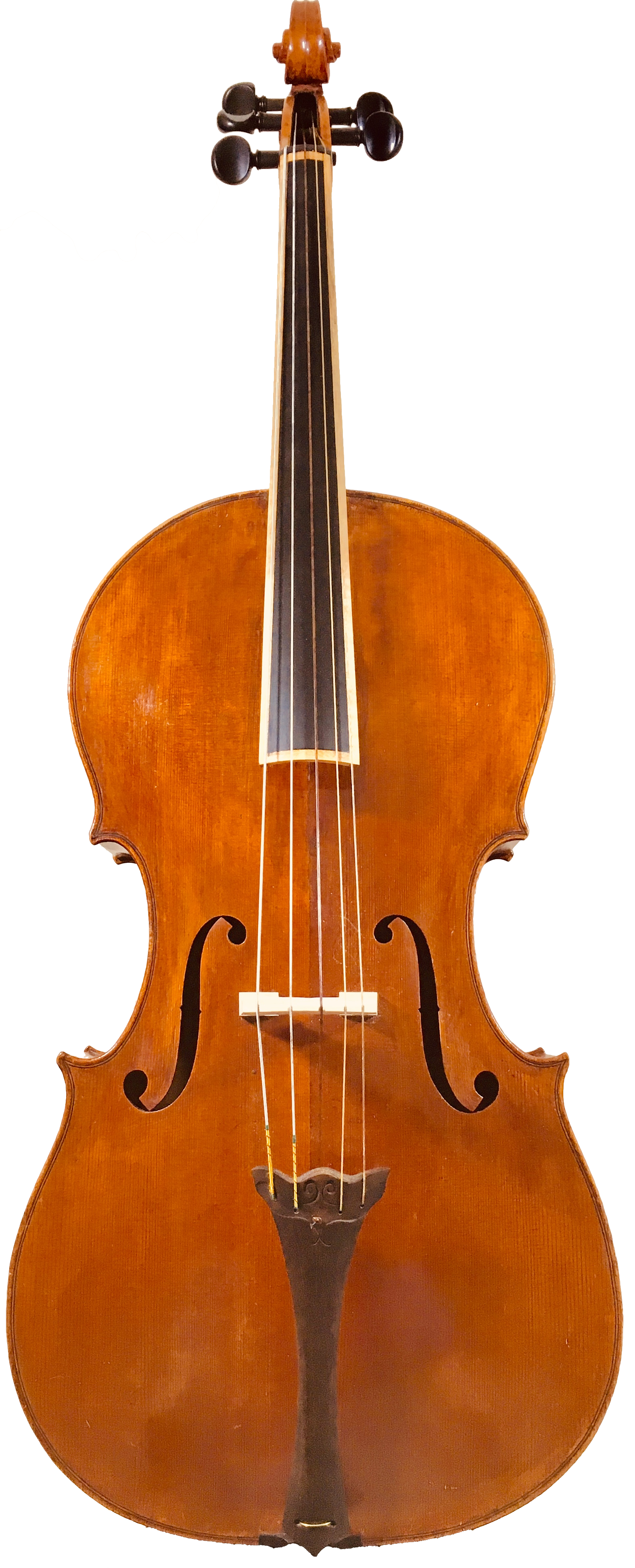'The sawing of a 'cello'. WHY?
31st December 2018.
To answer that question and to counteract some expressions or emotions of disbelieve, disgust or sadness, I will tell the story behind that 'cello massacre video which I posted on Facebook/Instagram in December 2018.
Do not expect any special revelations, I just share the story and maybe show a glimpse of my diabolic side.
The video shows a ‘cello being put in a sawing machine to detach the neck from the rest of the body. What you can see are two cuts being made on the two sides of the finger board. The actual parting was a different clip which I did not post int the end.
To clear the air in the way a movie shows a disclaimer at the end like "no real animals were harmed during the production" I disclaim that "no real 'cello was harmed". This 'cello would have been of no other use than setting it on fire and having a warm hour at the fire place after having used it and had it transformed. But I will come to that.
I taught over 6 years in Colombia at two different universities - the Universidad Juan N. Corpas and the Universidad Central - in Bogotá between 2007 and 2014 as well as some course work within the organization Musica Antigua para Nuestro Tiempo and Batuta. In December 2014 I played three farewell concerts (which are also subject of some of the other blog entries). We repeated the concert with 5 Beethoven sonatas in April 2015 at the Universidad Los Andes. I used two different instruments in this concert, which you can view in this short video.
My luggage for the concert trip to Bogotá in April 2015.
I had travelled to Colombia in April 2015 with a suitcase and two 'celli. One of the items I could not take back home in December 2014 was the cheap practice 'cello. As it was I already returned with 7 pieces of luggage - including two ‘celli - in December 2014 and was unable to fit yet another instrument on board.
Hence the ‘cello I left in Colombia was a very cheap 'cello made in China, fabricated of pressed wood - triplex maybe fiveplex. I think it is properly called ‘multiplex’ when there are more than 3 layers - which I purely used as a practice 'cello.
One of the comments to my 'sawing of a 'cello' registration was if I could not have donated it to a talented musical kid. Well, this idea did come in to my mind in December 2014 when I was clearing up my things and dissolving my space where I had lived for several years to leave for Europe. The thing was that except from being a crap 'cello as well as actually wishing to bring it home with me I also had it adapted to become a five-string instrument in order to practice Bach’s last suite as well as two of his viola da gamba sonatas. In this set up it would have been of very little use for anyone. We squeezed in 5 strings where there was already almost too little place for 4 strings (remember the bad Chinese design!). It is not very visible but there are actually 5 peg holes in the scroll. I only used the instrument as an experiment and to get some specific repertoire routines in my fingers.
Notice the triplex (or even 5-plex) philosophy to ‘cello making.
This 'cello as it was at the end was not very playable and I would only have evoked polite utterances of gratitude if I would have given it to someone. This person probably would not have used it. I guess everyone has experienced being given something that you actually can not use. You politely except it in the hope not to hurt the giver’s feelings and then you silently put it away or leave it in the garbage bin. I am not an advocate of passing on my garbage to someone else or to have someone else sort it out. I did give away other useful things to people in the streets for which I knew there was a demand during my last days in Bogotá in December 2014. I would have taken the 'cello to Europe, also out of a feeling of nostalgia, but in December 2014 I was so overpacked that it stayed in Bogotá.
In April 2015 I still did not have a solution and in the past three months no-one had shown an interest in a bad five-string 'cello.
So, to get to the final clue of the story, in April 2015 after my concert I decided to bring home only the neck. Only the neck to show to my luthier Tanja Brandon in Europe something we had done in Colombia to accommodate 5 strings. The neck as last remembrance of that 'cello. Of course I was not busy with that instrument during rehearsing 5 Beethoven sonatas during that time. We actually did the detaching of the neck 20 minutes before I had to leave for the airport El Dorado where I left with the 2 'celli, a suitcase, a small backpack and a cello neck. And yes, the last item did raise some eyebrows on my journey.
I would like to mention one thing:
I read two or three comments about the man doing the sawing in the video. People criticized his apparent pleasure in destroying a ‘cello. Well, I have to defend the really very nice and soft hearted man; his expression is not a devilish smile but more something like a tick when doing something with great concentration. Anyway, he was asked by me to do it and he just helped me without any sense of ‘loving to destroy a ‘cello’.
The five-string cello I use now, set up but not built by Tanja Brandon, is way more playable although not 100% comfortable yet and it uses the carved tailpiece which Bogotian luthier Alessandro Arboleda made for me in 2013 as a last remembrance of my Chino/Colombian practice 'cello. That feels good actually.
You can hear and view this ‘cello in this video: Teaser Bach.
Also watch this video: Bach & Dance.
I grasp this opportunity to share pictures of my equipment with you. This is something I wanted to do already since a while. Why not doing it now when I am already writing about a 'cello?
My modern violoncello.
The Tanja Brandon violoncello.
Modern 'cello Stradivari model made by Tanja Brandon in 1994.
This was actually her 'master' instrument from the time she studied the art of violin building in Newark. It sounds great with gut strings as well as with modern style steel strings.
My baroque instrument.
Grand model baroque 'cello made by - he prefers to say copied by - Willibrord Crijnen in 1998. It is a copy of a Tononi instrument from 1710. Venetian style. I love to use it in the low 392 Herz tuning. Aren’t the flames in the back beautiful? It is owned by the Dutch 'Nationaal Muziekinstrumenten Fonds' and lent to me for which I am very grateful.
The five-string baroque cello.
Five-string 'cello. It was originally a modern four-string instrument made in the ‘50. This used to be the instrument of my father. My father played it 'the other way around' though. He held the bow with his left arm and his right hand served as playing hand on the finger board. Evidently the violoncello was set up 'the other way around'. This way it was quite unsellable when my father quit playing. It still was after he had Tanja Brandon transform it to a normal set up. He then gave it to me and together with Ms Brandon we made a five-string 'cello out of it.
my bows.
Baroque bow by Pieter Affourtit (right).
Later model baroque bow by Eitan Hoffer (second from the right).
Classical bow by Basil de Visser (second from the left).
Carbon modern bow by Arcus Bows (left).
Tailpiece.
Tailpiece made by Alessandro Arboleda in Bogotá.
Tailpiece of my Chino/Colombian practice 'cello. It is now on my (Dutch) five-string ‘cello.


